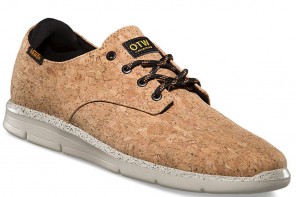The idea of hagfish slime doesn’t sound very appealing or like something you’d want on your skin, but it could actually be a ground-breaking way to create greener clothing choices in the future.
Slime is the New Nylon?
A study by the University of Guelph in Canada is giving hagfish an image makeover, making them much more interesting and eco-friendly. Why? Because of their slime. In the research that studied Pacific and Atlantic hagfish, it was found that both of these species produce slime in their cells, which is then released like tightly coiled threads that can be up to 15 centimetres in length. These fibres are extremely strong, similar to spider silk, and could be used as a more eco-friendly alternative to nylon.
Move Over, Nylon!
Nylon isn’t biodegradable and releases nitrous oxide, a greenhouse gas that is 310 times more powerful than carbon dioxide. It is possible to implant the hagfish genes into bacteria so that loads of hagfish slime silk can be produced, becoming a much greener and more sustainable option for fashion production. Scientists have exciting ideas in mind for hagfish slime: they think that it could be used to make items such as athletic wear, tights and bullet-proof vests.
Goo is the New Green
Hagfish release slime when they feel the need to defend themselves against predators. It becomes a slippery web that entangles them. When the slime dries after being immersed in water, its texture is really silky. Hagfish produce a huge amount of slime – up to four cups in a second! The catch is that it is tricky to reap the slime from them since these creatures do not thrive in captivity (and shouldn’t have to). So, hagfish slime could be something we have to wait a little longer to see in clothing production. However, scientists are currently stuck (if you’ll pardon the pun) on trying to create proteins that are similar to those found in hagfish slime. The good news is that this slime has a one-up on spider silk: its proteins are much smaller in size, making it a lot easier to replicate them.
Image here











